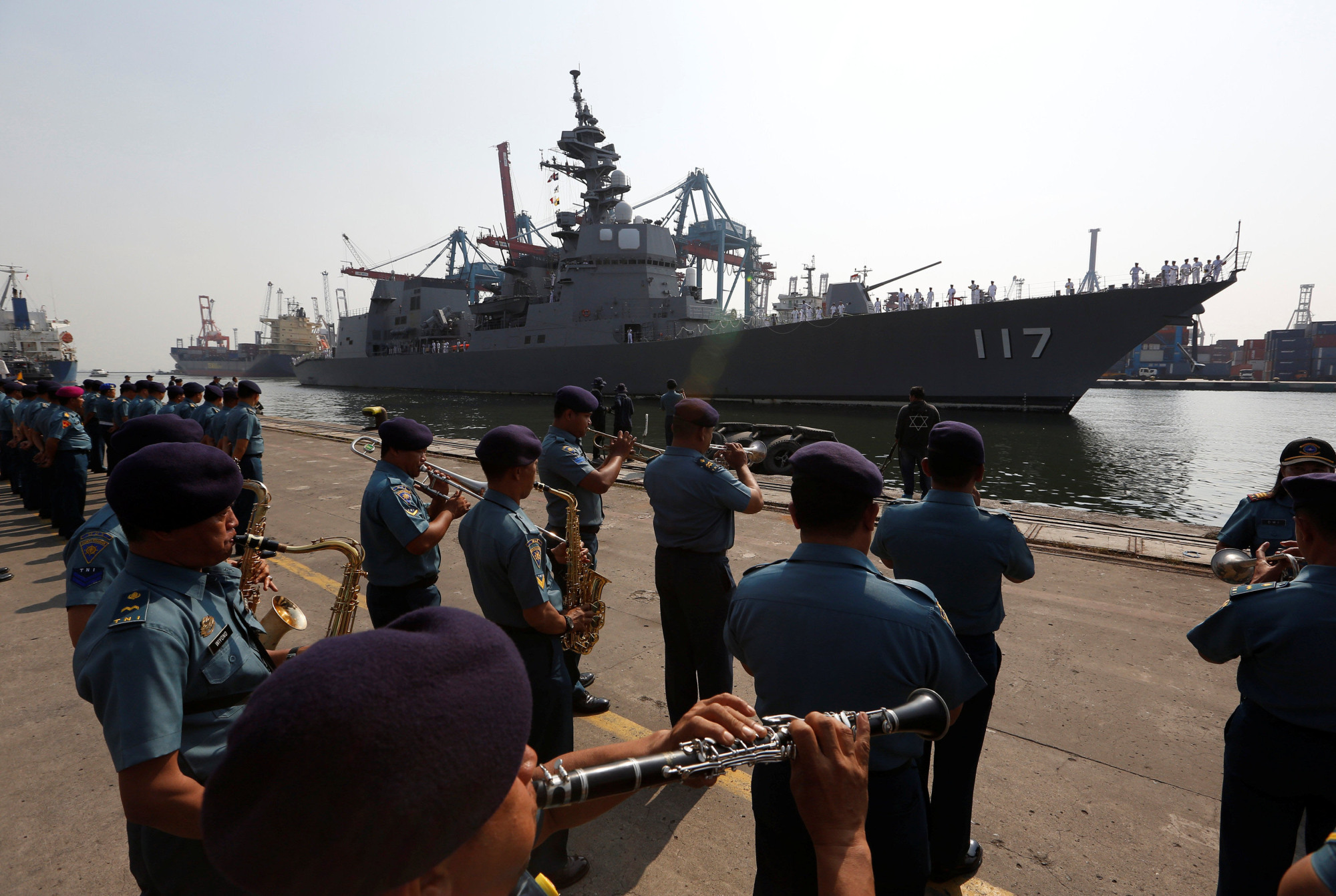The legal structure governing Japan's use of force continues to evolve, albeit slowly. The process deserves more attention, especially in light of the uncertainty of U.S. policy toward the Indo-Pacific, and of the growing power and assertiveness of China. The increasingly expansive scope of Japan's military authority is both the reflection of changes in the regional strategic environment, and potentially a driver of those changes in the future.
The process of reform and reconceptualization of defense authority in Japan has proceeded slowly, and along multiple axes of advance. Direct constitutional reform remains on the table, but legislative and interpretive shifts have also affected how the government thinks about its authority to deploy military forces.
As Masahiro Kurosaki, an associate professor at the National Defense Academy has suggested, constraints on Japan's use of force remain; the nation can only use force in response to existential threat, it must use minimal force to accomplish its goals, it cannot deploy forces within the territorial borders of other states, and yet it can undertake positive defenses of "commons" such as air, maritime, cyber and space.



















With your current subscription plan you can comment on stories. However, before writing your first comment, please create a display name in the Profile section of your subscriber account page.